The weather sucks, its cold and raining. I can’t really get out and test these two wonderful fairway woods but I had a break in the rain today so snapped pics of the newly arrived Ryoma F3 15* to compare it with the PRGR egg Spoon 15* I also have here. As most of you know, the egg Spoon has been a top choice among JDM fairway woods for the last 3 years and all for good reason. It is unique, very easy to hit and best of all very very long. On the other hand Ryoma has been the dominant driver of 2011, outselling almost all our other driver models COMBINED. For many the Ryoma is the longest driver ever, and for others the most consistent, but without a doubt it is one of the most forgiving if not the most forgiving of drivers. So it was only natural when Ryoma announced a new fairway wood back in late August, there were many excited Ryoma owners as well as current egg owners. Today I will take a look at both fairway woods and their specs as well as compare them side by side visually and design wise. I will get out to hit both side by side later this week.
The Ryoma F looks very much like the D-1 driver with a similar color scheme and a similar design concept. Key features include:
– 15* Real Loft
– An all Titanium construction
– Monocoque one piece body
– Forged DAT next generation Ti Face featuring an unheard of for an FW 0.82 COR
– DSI or Deep Strong Impact design featuring a 60g power booster weight right in the back
– A 60g spin control unit weight on the front of the head to manage launch and spin
– Large confidence inspiring head size (215cc for the F3)
– Square 0* Face Angle
The egg Spoon needs no real introduction as it has been Japans longest fairway wood for 3 years running and probably the most popular FW among TSG customers over that same time span.
– 15* Loft
– Scooped out back design is aerodynamic and frames the ball at address
– Ultra shallow face
– SUS 630 Stainless Body
– ES230 Maraging Face
– Multi level U sole
– Confidence inspiring size at address (165cc but looks bigger due to the scooped out back)
Looking at the above specs and the clubs themselves, the egg Spoon is the more unique looking club with its razor thin sole thanks to its scooped out back. While it does not have the huge 60g weight in the back, because it technically has no crown, the weight is all positioned low on the sole for a higher launch. The Ryoma F is also designed to be a high launch low spin FW thanks to its weighting. If there is one complaint about the egg Spoon, its that it is almost too shallow faced making it less than ideal for teeing off. The shallow face excels off the deck and picks the ball off the turf with a high launch but one has to tee the ball VERY low for the Spoon or risk coming under the ball. The new Ryoma F has a marginally taller face but as you can see from the picture above, the Ryoma F on the left has quite a bit longer face from heel to toe. Ryoma’s thinking is that average golfers tend to miss horizontally with fairway woods ie towards the toe or heel. The faces are so shallow on fairway woods today that missing up and down is virtually eliminated. They created the Ryoma F so that shots off center towards the toe and heel would lose very little distance and still go straight, thanks to the huge MOI created by the heavy back weighting and spin control unit on the sole.
Both heads are very shallow back, well if you think about it, the egg has no back but comes to a thin tapered point thanks to its scooped out back. In the image above you can also see how the Ryoma F, like its big brother driver, also has a longer neck raising the tip of the shaft from the sole of the club creating a more active launch. Both fairway woods are meant for easy off the deck usage and easy high launch. The feedback I have gotten so far from users is that the Ryoma F does just that. It launches the ball nice and high and best of all effortlessly.
At address, you see the hugest difference between the two clubs and I do mean hugest. The new Ryoma F looks like a little driver at address. Because its flat and shallow it could actually pass for a 300cc driver. The egg Spoon is not exactly small even though its volume is 165cc vs 215cc for the Ryoma. The egg is a big 165cc thanks to its volume being spread out in the head, but next to the Ryoma it certainly is a smaller club. Both clubs are spec’ed with 0* face angles but the Ryoma I have looks a tad closed. Its interesting because this goes for the driver as well. Many times a Ryoma driver looks closed but does not perform that way. We’ll see about the FW. The Ryoma also has no alignment mark though the way the score lines are designed, you can clearly see the sweet spot on the face at address.
Both the Ryoma F and egg Spoon are rather high tech fairway woods. The egg has the sleek looks but the Ryoma has the sleek internals. The egg has proven that its not just looks and flat out performs. I’m looking forward to seeing and feeling how the new Ryoma F3 will perform. I actually have a hunch it may feel and sound like the original egg Spoon based on its materials. Stay tuned for later this week when I report back on performance, feel and sound.
Both fairway woods are of course already available in the TSG Pro Shop if you want one or need to see more specs.

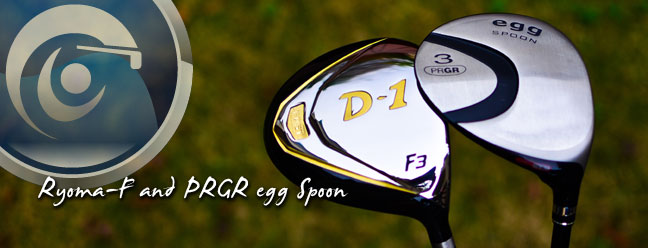
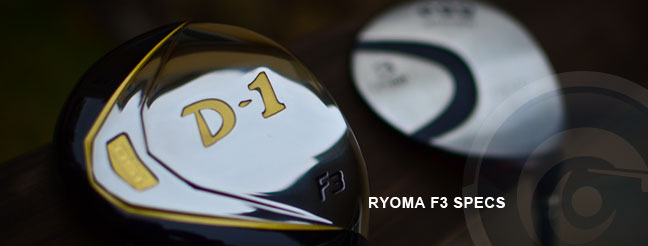
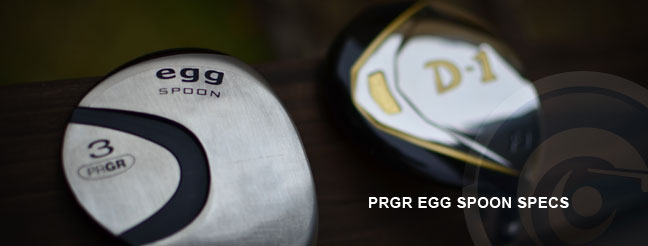
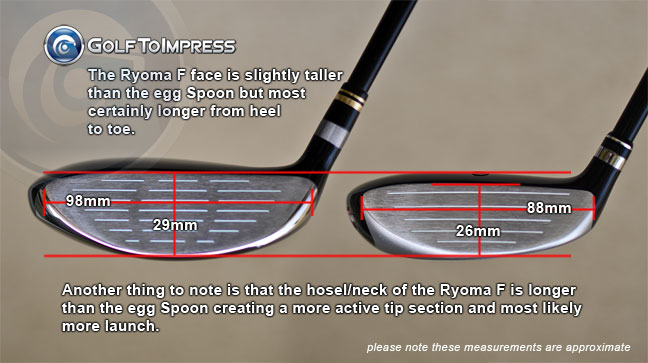
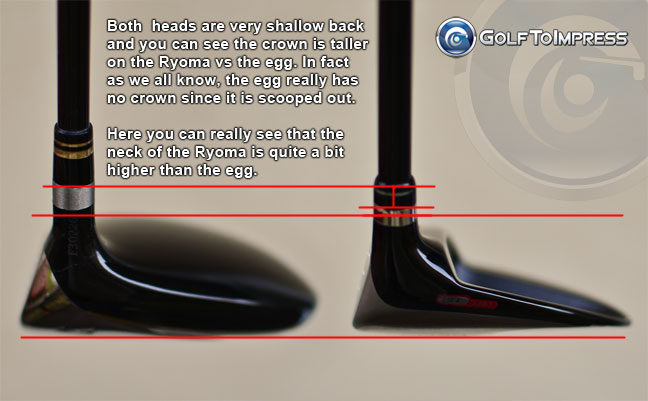
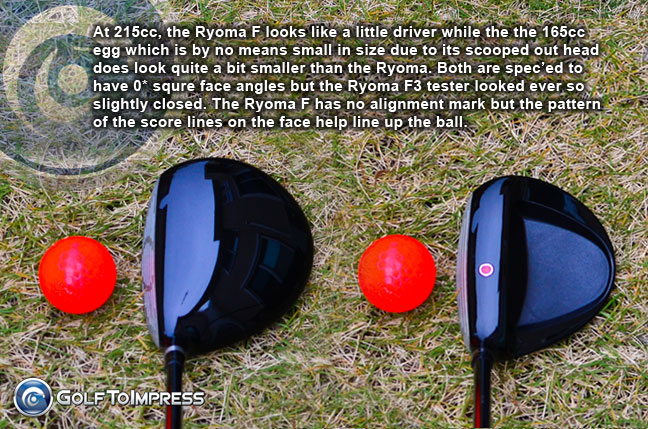

Can’t wait for part 2 of this review.